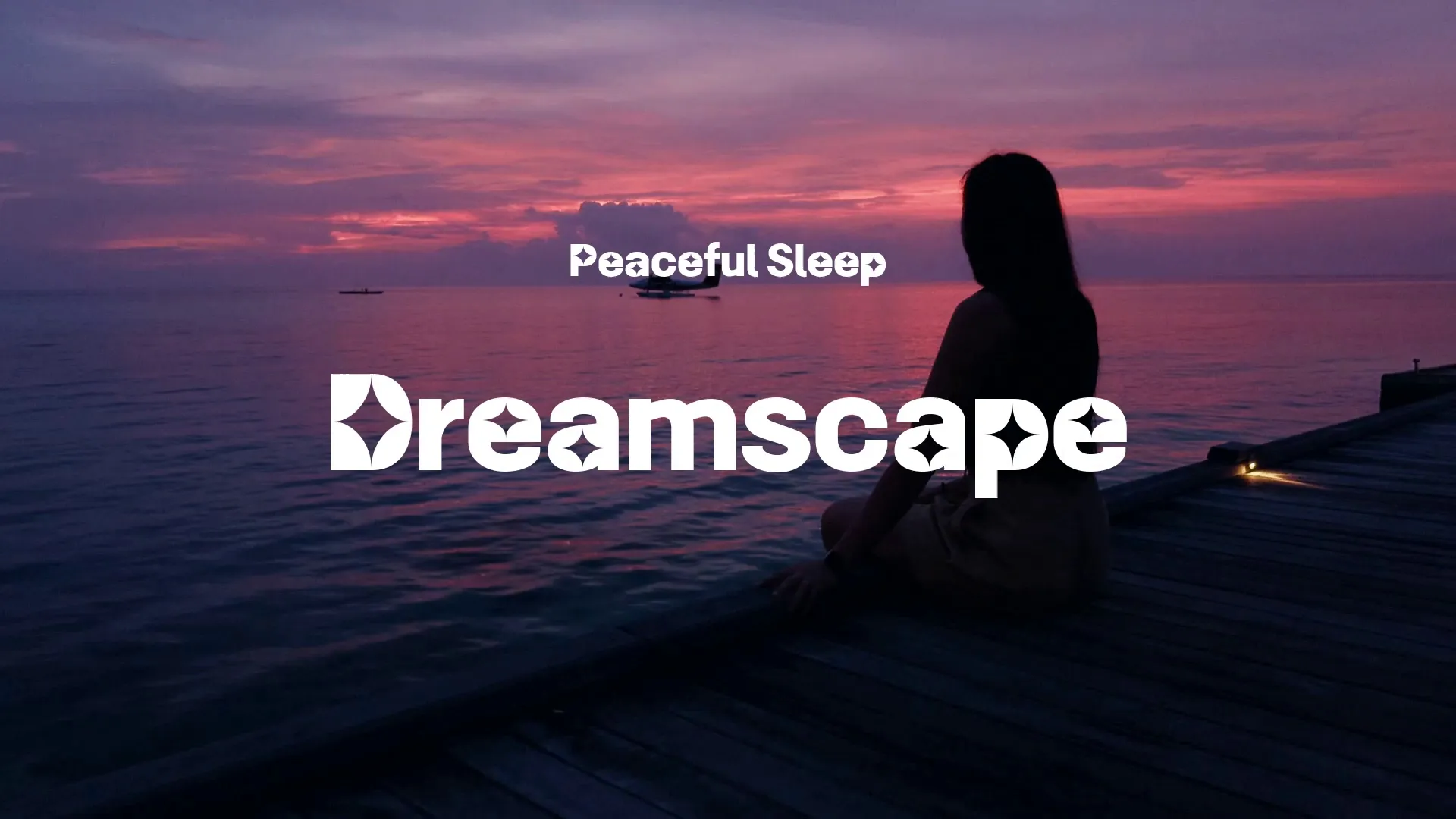Building Your Game's Community: Start Before You Have a Game

Did you know that games with active pre-launch communities see a 40% higher player retention rate? Starting early, even before the game is fully developed, can significantly impact its visibility, funding potential, and long-term engagement. This article guides developers on proactively building a community from the ground up, fostering a loyal following that supports the game’s development and launch.
Why Build a Community Before Launch?
Imagine launching your dream game to crickets – months of hard work met with silence. No players, no feedback, no momentum. Now, picture this: the same game, but this time, launch day is met with eager players, insightful feedback, and immediate sales. The difference? A thriving pre-launch community. Early community feedback acts as a compass, guiding your design choices and preventing wasted effort on unpopular mechanics. Building anticipation and excitement for your game can increase wishlists by X%, turning curious onlookers into eager followers. Recruiting potential playtesters and beta users provides invaluable feedback, ensuring a polished and engaging final product. A dedicated audience ready for launch day translates to achieving Y sales within the first week, providing crucial early momentum. Increasing your chances of attracting investors or publishers can provide needed funding, fueling further development and marketing efforts.
Before diving in, it’s worth considering what a game developer actually does. If you’re unsure, check out What Does a Game Dev Really Do? to dispel some common myths.
Identifying Your Target Audience
Understanding your audience is paramount. Define your ideal player based on demographics, interests, and gaming habits to focus your efforts. Research existing communities and identify overlaps with your target audience to find potential members. Understand what your target audience wants in a game to tailor your development. Customize your community-building efforts to specific player segments for maximum impact. A well-defined target audience ensures your community-building efforts are focused. Choosing the right platforms is essential to reach that audience.
Strategically Choosing the Right Platforms
Choosing the right platforms is about more than just presence; it’s about purpose.
Direct feedback and quick polls are easy with Discord: Creating a dedicated server fosters real-time interaction. Use it for immediate bug reports and direct communication with your most engaged fans. What kind of channels will you create to foster different types of conversations?
Amplify your message and participate in relevant conversations using Twitter. Use it to showcase GIFs of gameplay and run polls to gather quick feedback, building a following. What hashtags will you use to reach your target audience?
Targeted engagement with niche communities is possible with Reddit: Participating in relevant subreddits and creating your own allows you to share development logs, ask for specific feedback, and engage in discussions about similar games. What subreddits are most relevant to your game’s genre?
Forums allow you to host in-depth discussions and provide support for dedicated players seeking detailed information. Use it to create a knowledge base, answer frequently asked questions, and foster a sense of ownership among your most dedicated players. How will you incentivize users to participate in your forum?
Showcase gameplay and build hype through dev streams on Twitch/YouTube. This allows potential players to see the game in action and connect with the developers on a personal level by hosting Q&A sessions. What time of day is best to reach your target audience with live streams?
Expand your reach beyond core gamers with TikTok and Instagram. Create visually appealing content that showcases the unique aspects of your game through short-form, shareable content. What kind of visual content best represents your game’s unique appeal?
Create a free account, or log in.
Gain access to free articles, game development tools, and game assets.

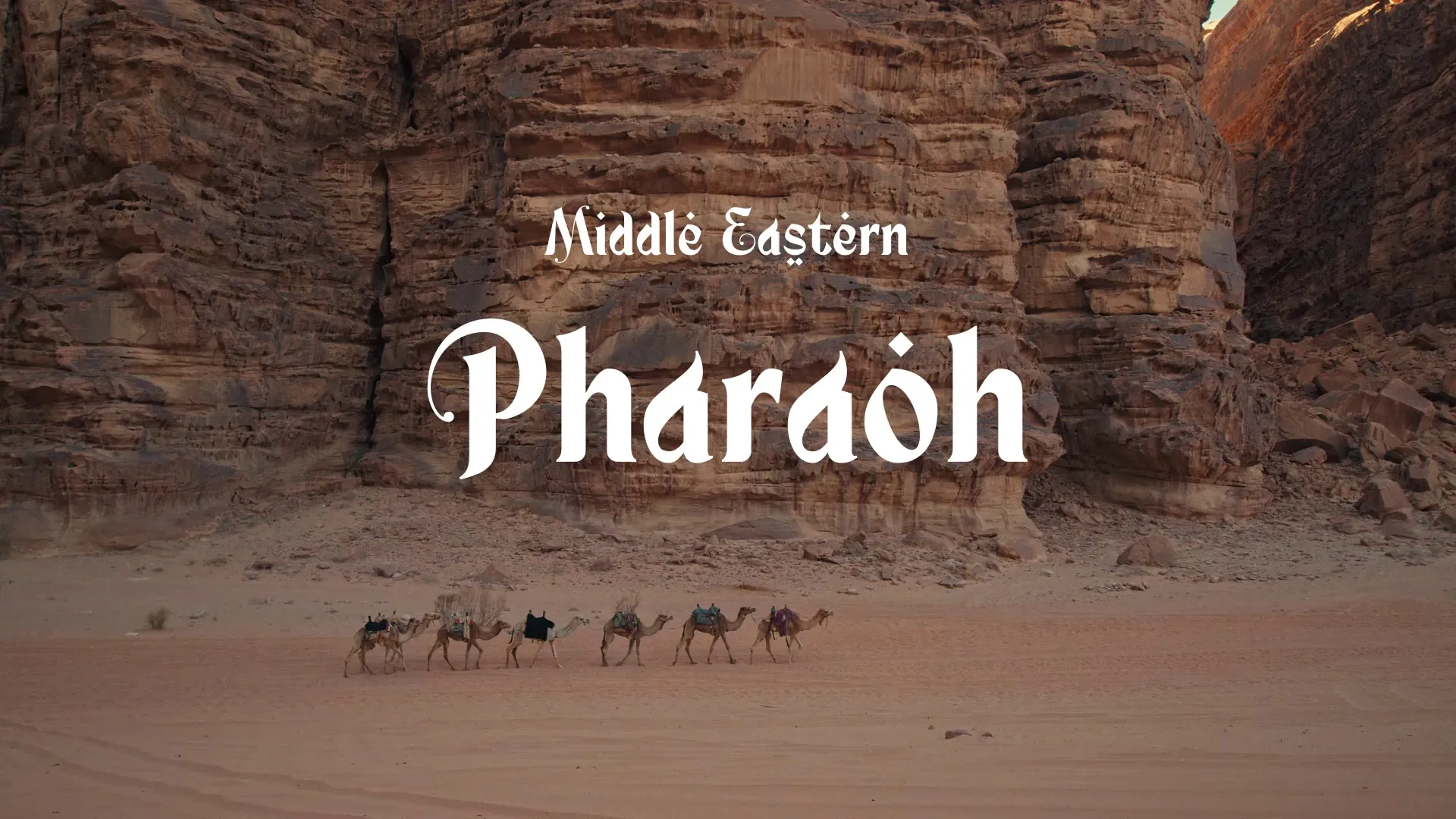
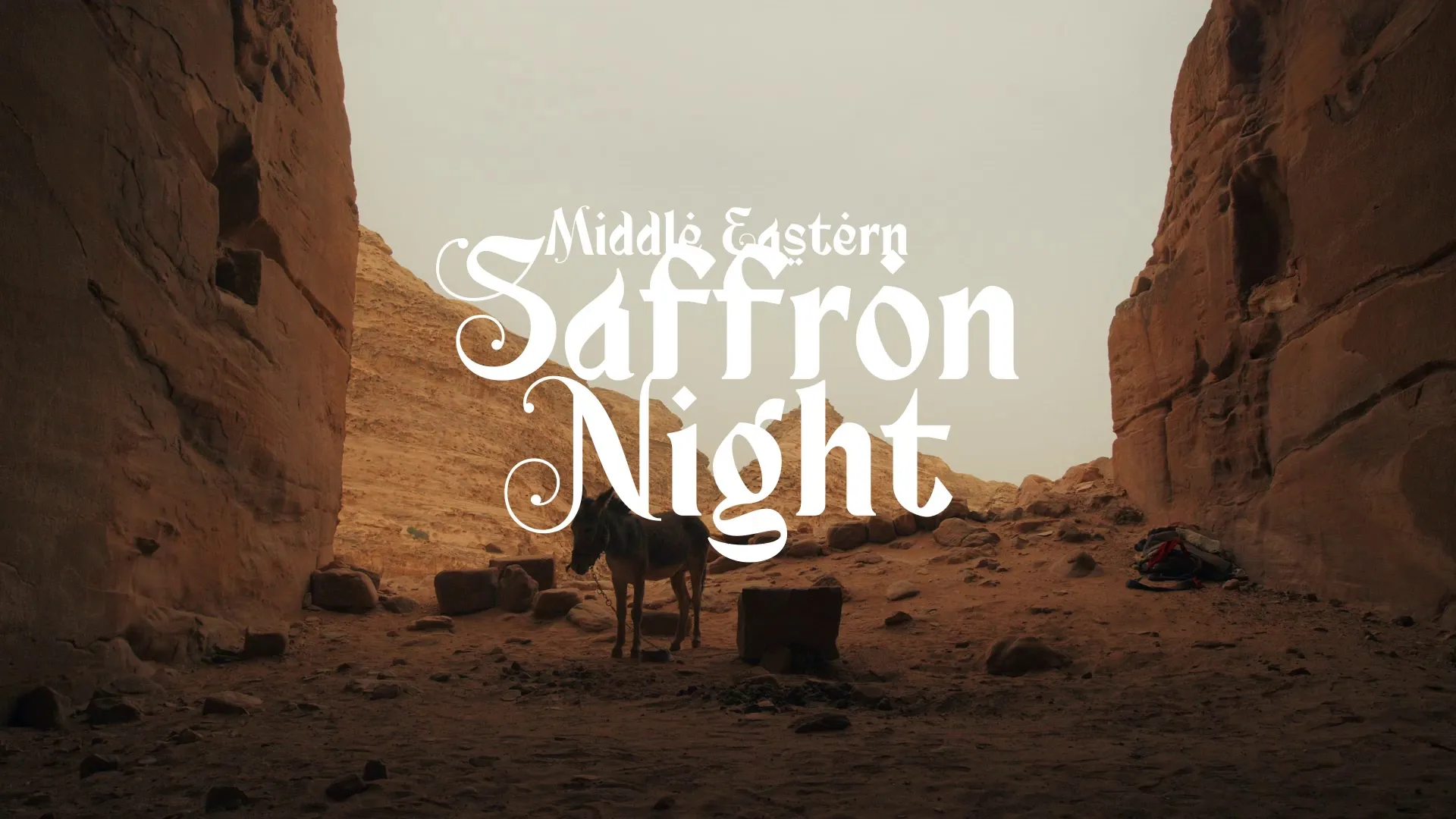

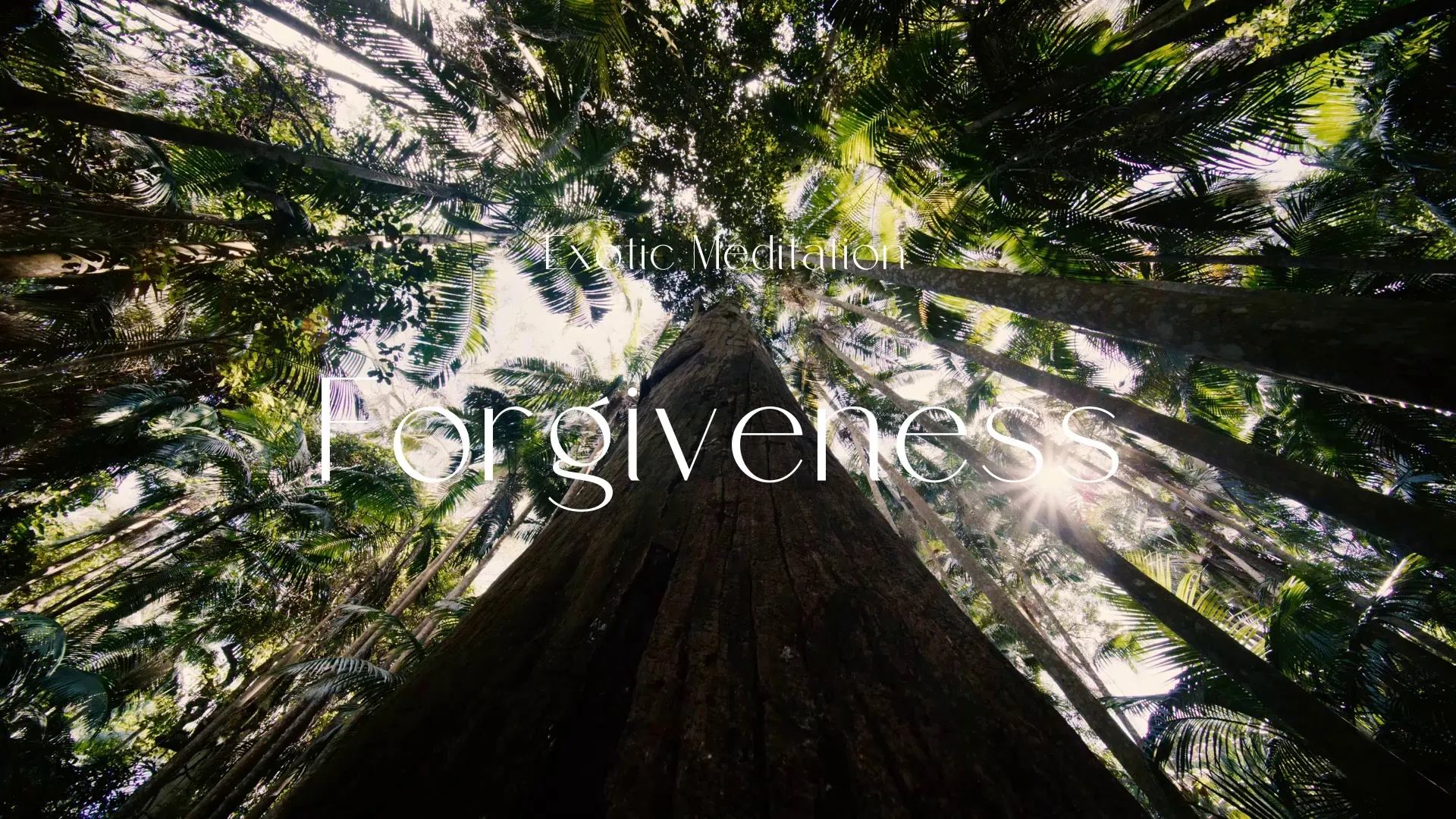
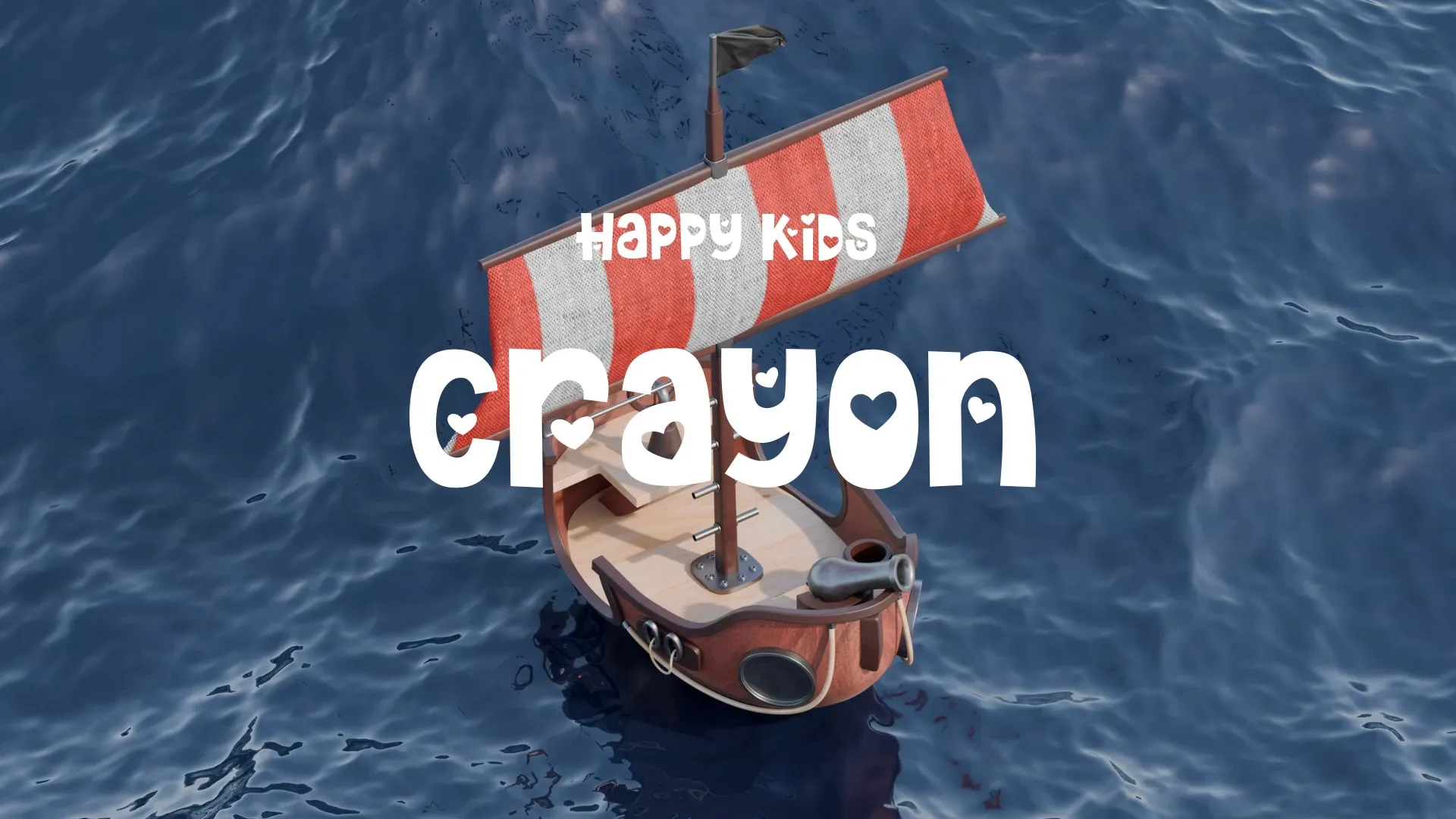
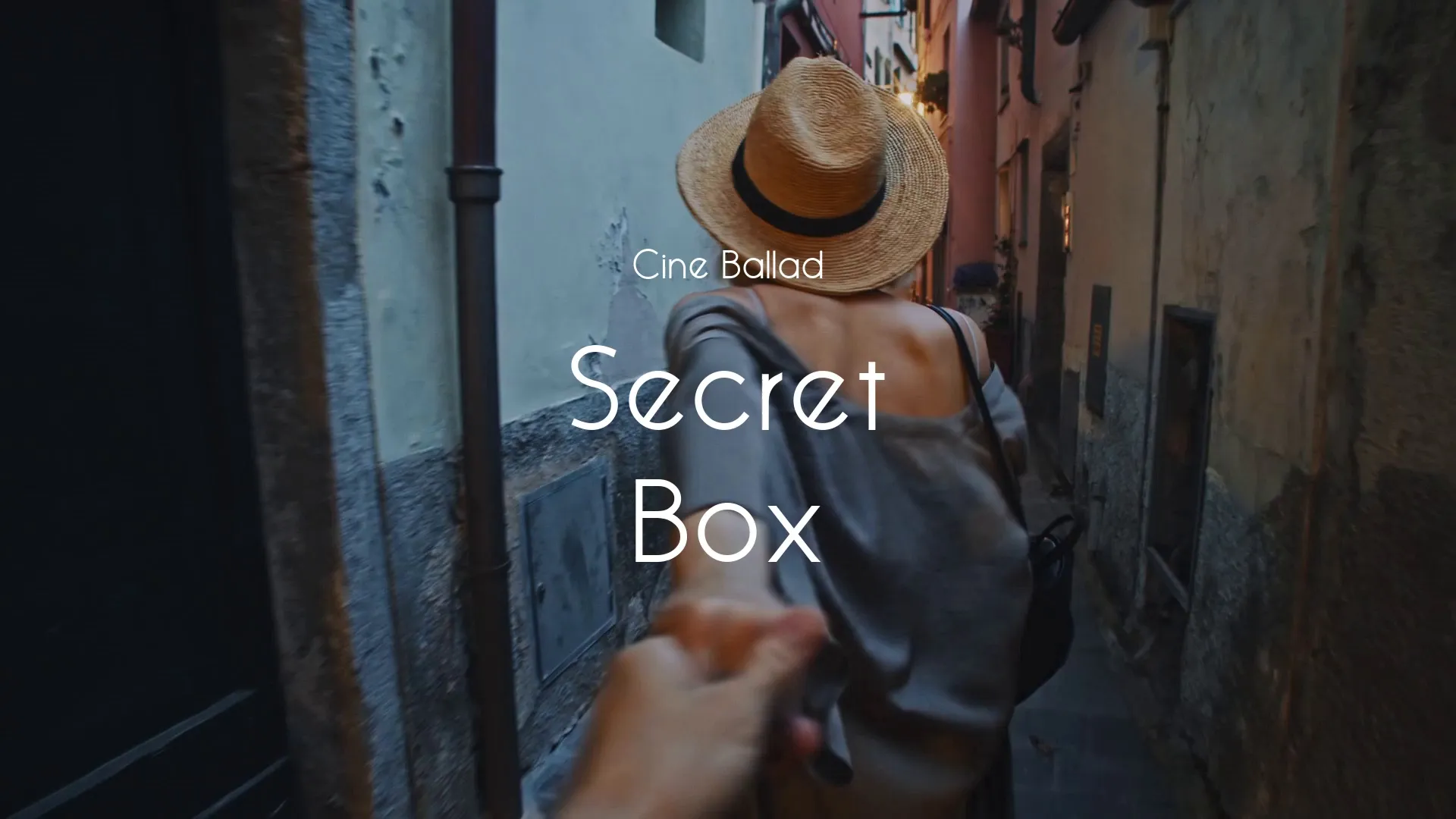
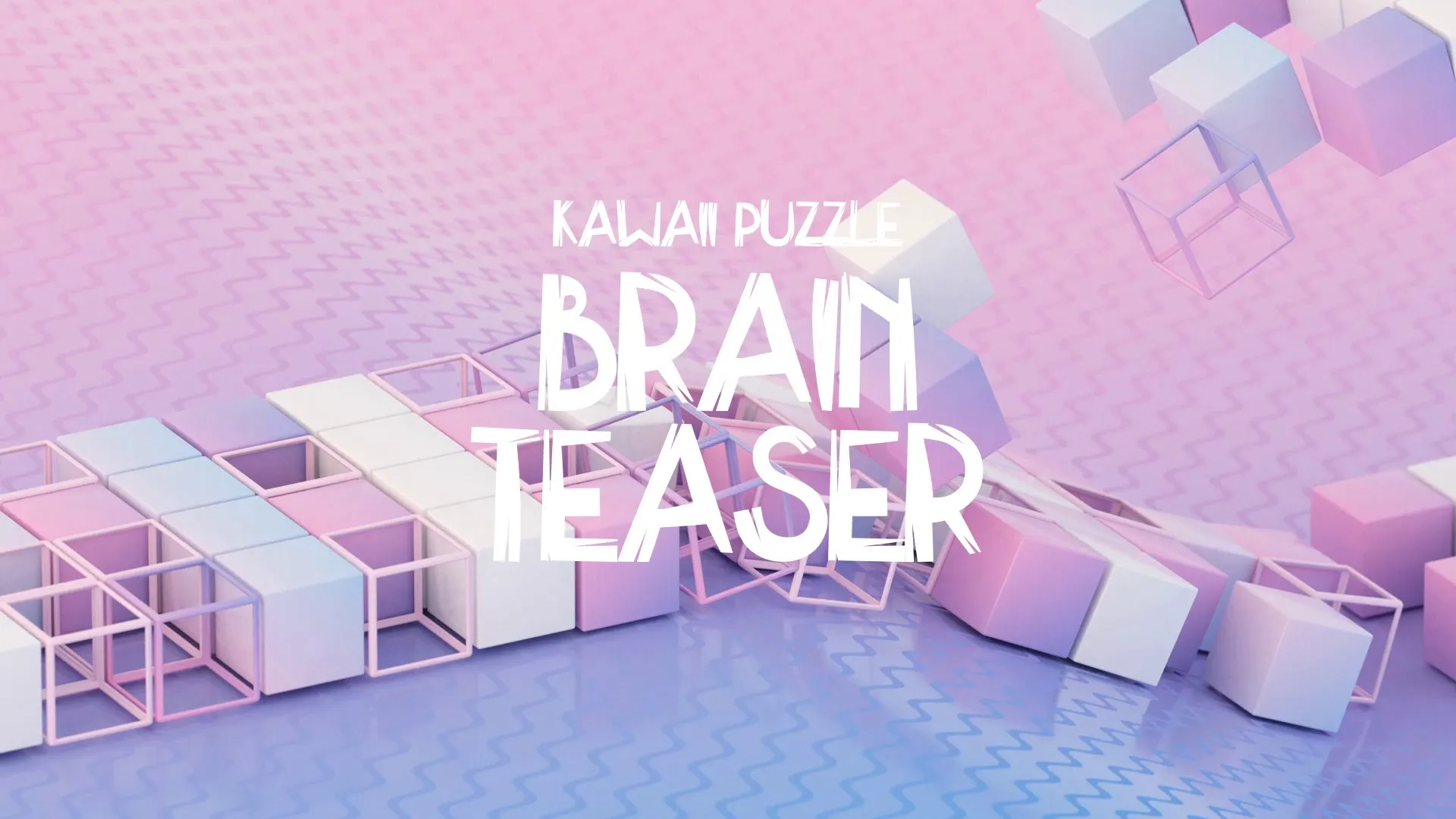
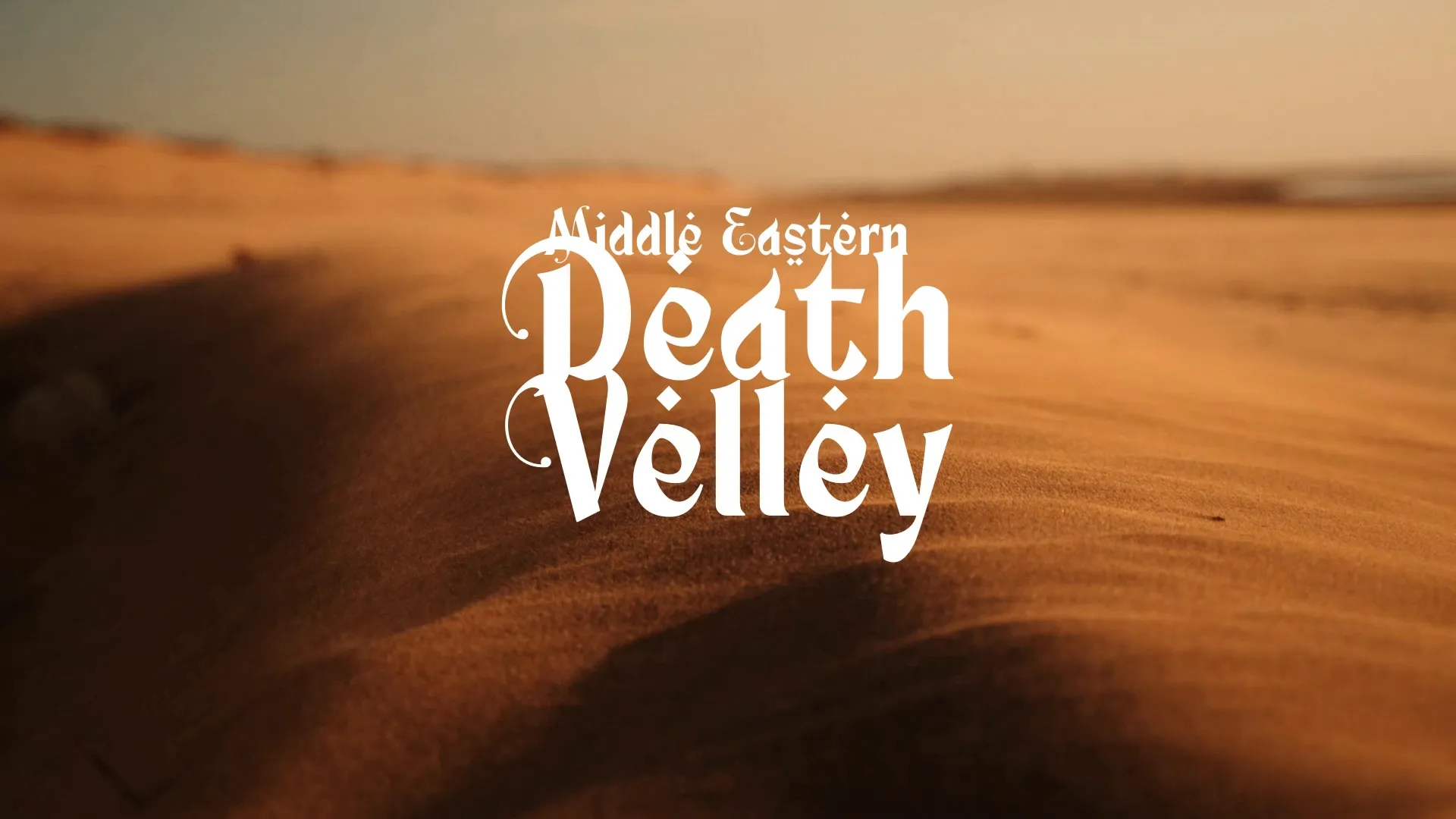
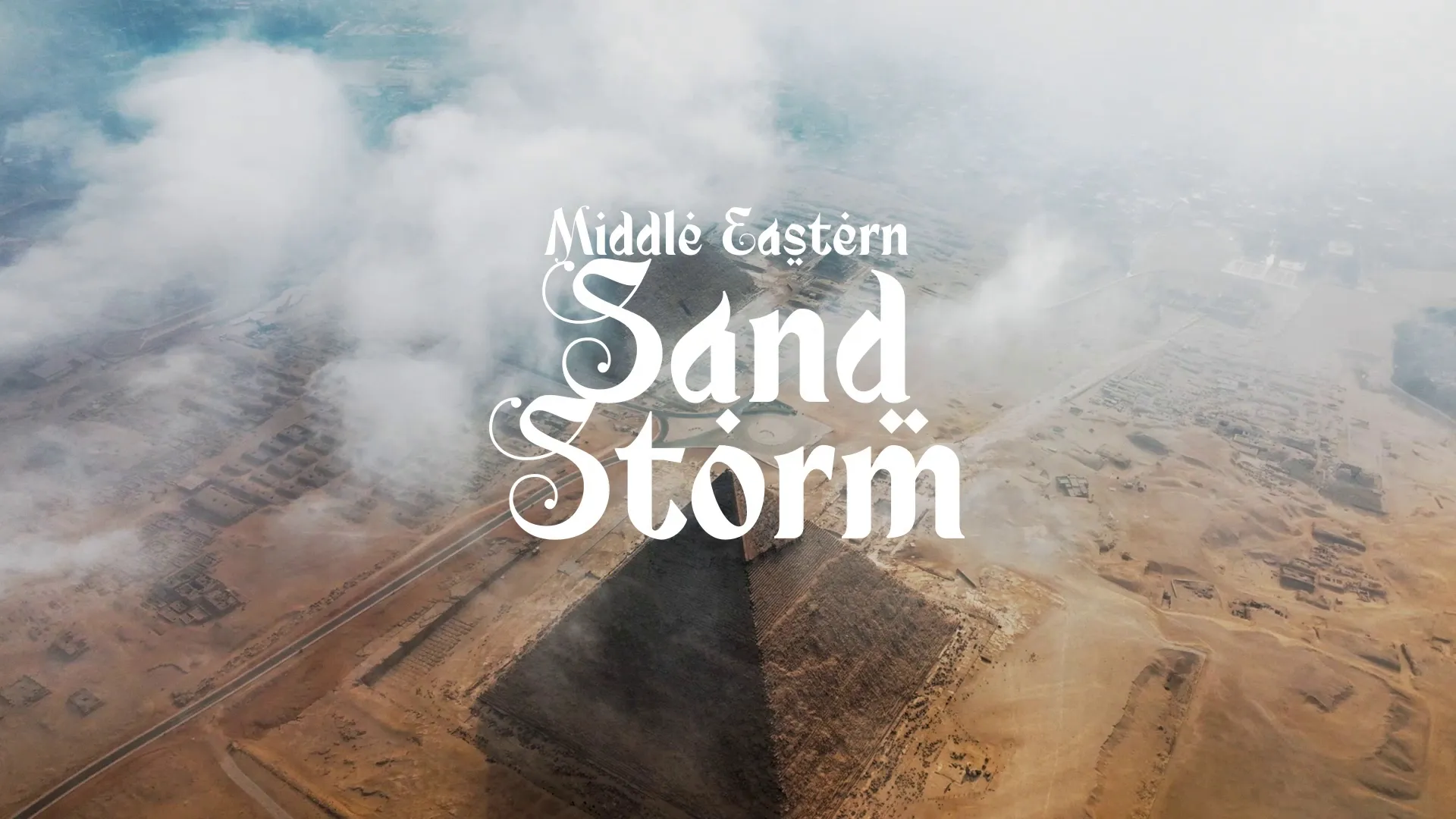

.webp)
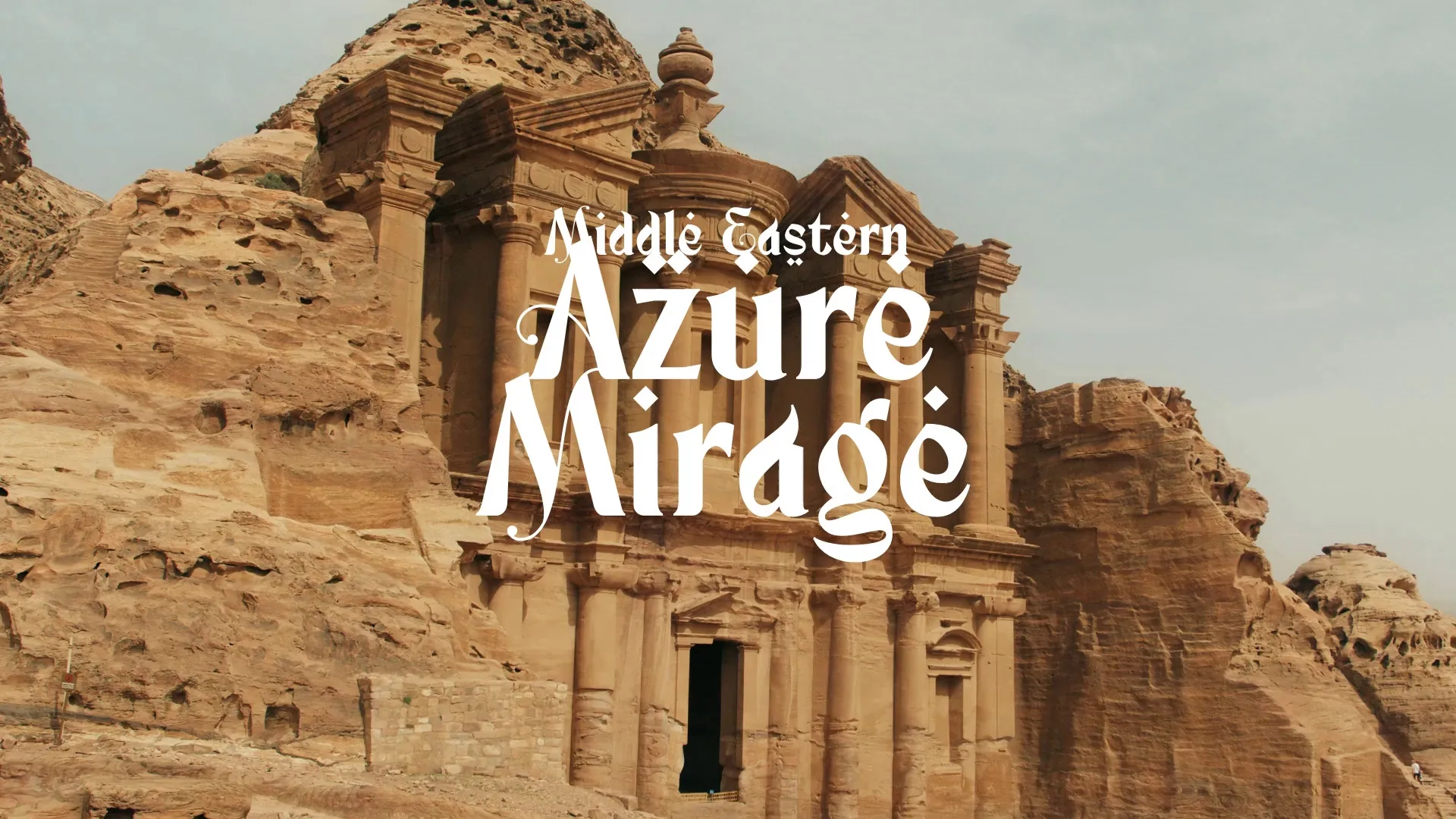


.webp)
.webp)

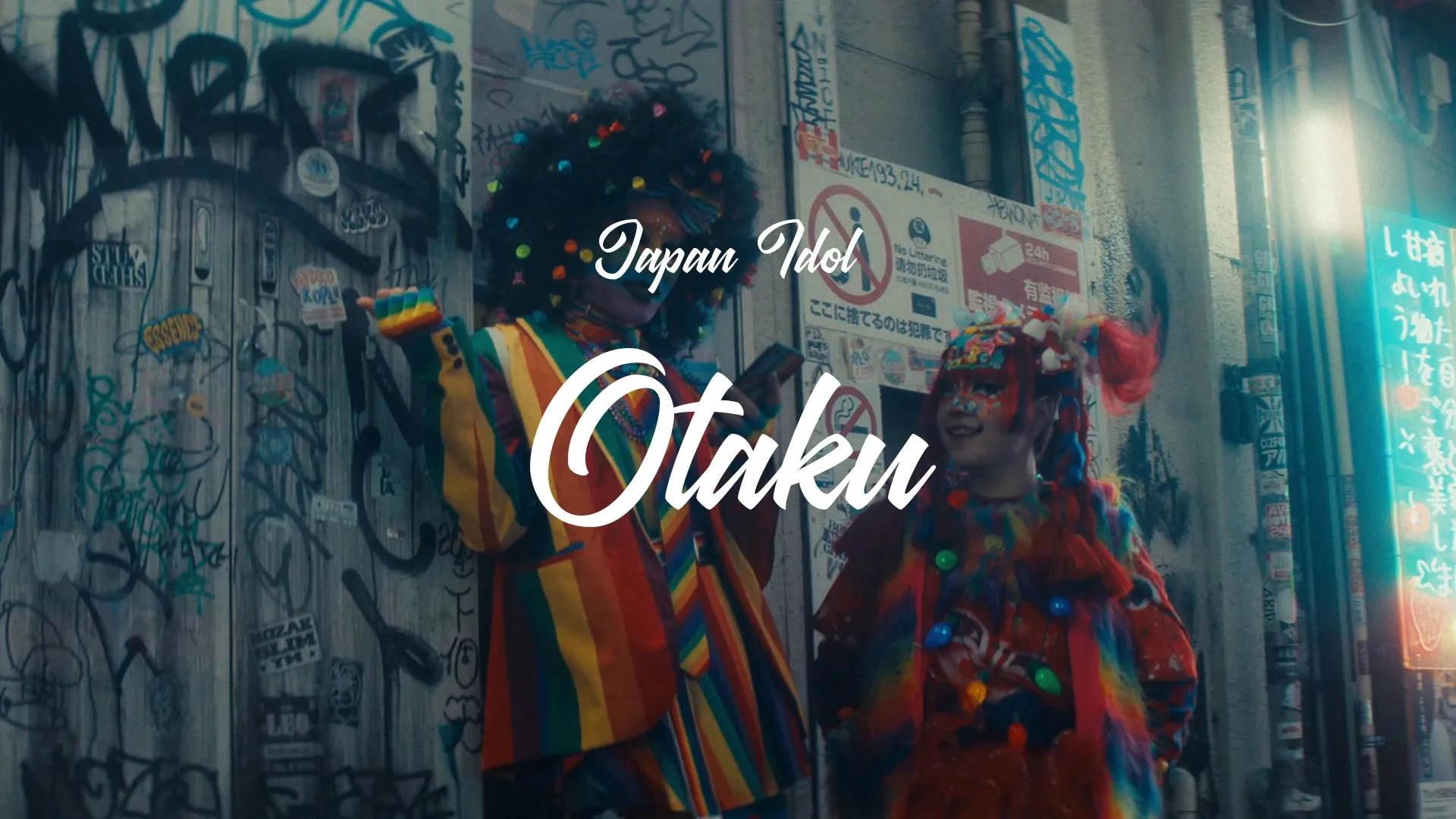

.webp)
